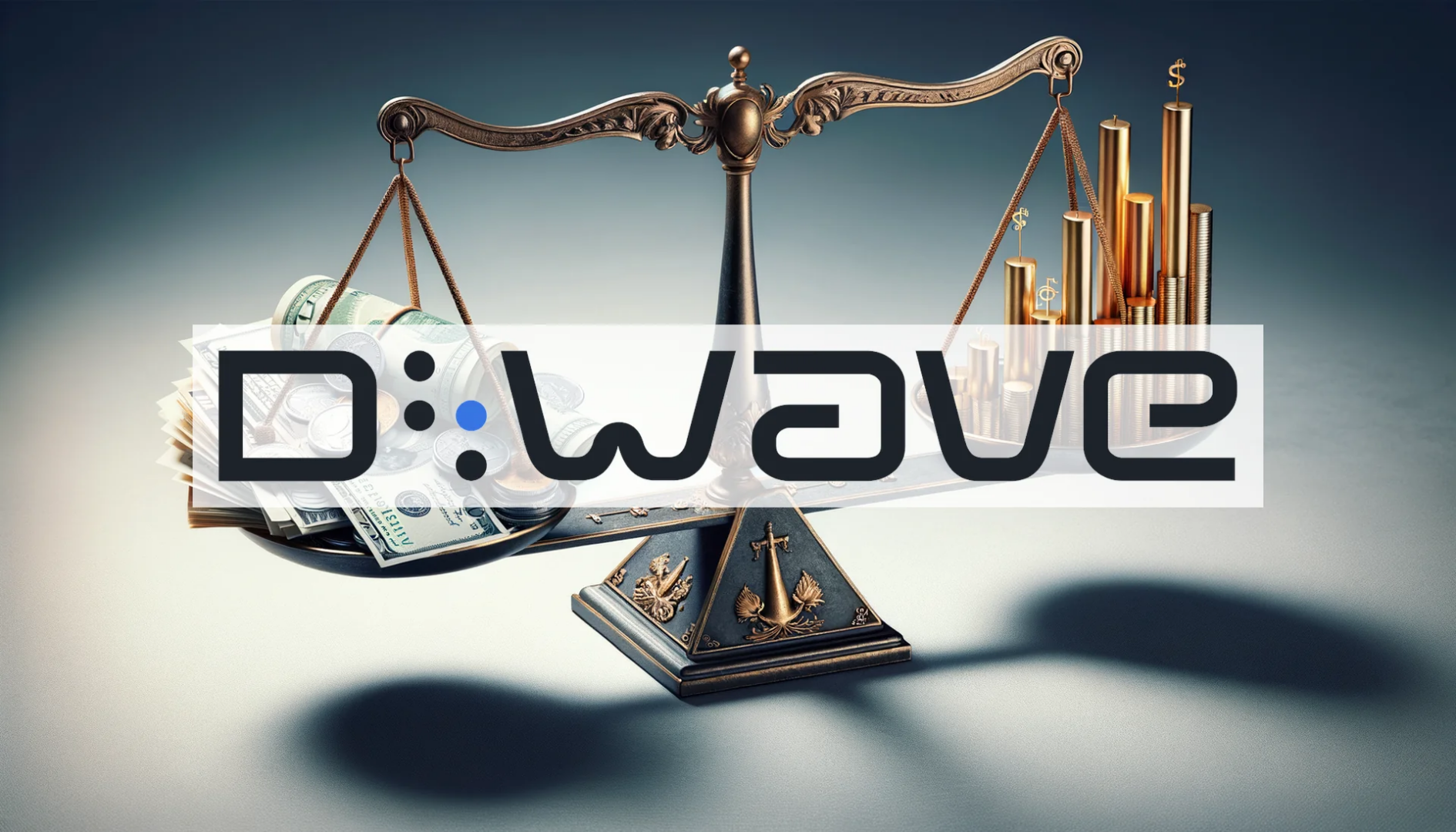Defense titan Lockheed Martin is experiencing an unprecedented surge in contract awards, positioning the corporation for significant expansion. A landmark $9.8 billion agreement with the U.S. Army and a freshly announced strategic collaboration with BAE Systems are propelling the firm to new heights. Despite management’s bullish growth projections, the company’s shares have shown notable volatility, prompting investors to question whether this marks the start of a sustained upward cycle or if current valuations already reflect these positive developments.
Strategic Alliance and Military Contracts Drive Expansion
Lockheed Martin’s recent strategic movements present a compelling growth narrative. On September 9th, the company revealed a pioneering partnership between its Skunk Works division and BAE Systems’ FalconWorks unit at the DSEI exhibition in London. This collaboration focuses on developing next-generation defense technologies and establishes a more resilient global industrial network, potentially unlocking substantial international market opportunities. Company leadership expressed particular optimism about their international business segment, forecasting growth rates that could match or exceed domestic performance.
The corporation’s momentum continued with a monumental contract announcement on September 3rd. Lockheed secured the largest single order in its Missiles and Fire Control division’s history—a $9.8 billion agreement to supply 1,970 PAC-3 MSE Patriot missiles to the U.S. Army between 2024 and 2026. The significance of this deal was underscored by ceremonial events in Grand Prairie, Texas.
Simultaneously, Lockheed’s joint venture with RTX Corporation captured an additional $900.5 million contract for Javelin missiles, notably expanding its customer base to include nations in South America and North Africa for the first time. Major General Frank Lozano highlighted the mutual benefits of this multi-year procurement strategy, emphasizing increased volume, accelerated delivery timelines, and improved pricing for all parties involved.
Financial Outlook and Market Positioning
During the Morgan Stanley conference on September 11th, CEO Jim Taiclet and CFO Evan Scott presented an ambitious financial roadmap backed by a formidable $167 billion order backlog. Their projections include 4-5% revenue growth for 2025, with cash flow metrics that will undoubtedly appeal to shareholders:
– 2025 free cash flow target: $6.7 billion
– 2026 free cash flow target: $7 billion
– Planned shareholder returns: $6 billion equally allocated between dividend payments and share repurchases
Should investors sell immediately? Or is it worth buying Lockheed?
The F-35 production program remains a cornerstone of stability, maintaining output of 156 units annually amid robust global demand.
Favorable Defense Spending Environment
The company’s strategic positioning aligns perfectly with expanding global defense budgets. The Pentagon’s proposed 2026 modernization budget includes a more than 20% increase, benefiting multiple Lockheed Martin divisions. The Navy’s programming of PAC-3 ammunition and additional funding for hypersonic technology initiatives create further tailwinds.
Despite some program-related challenges in the second quarter, management has reaffirmed its full-year guidance. All eyes now turn to the Q3 earnings release scheduled for October 28th, where market experts anticipate earnings per share of $6.33.
With record contracts and strategic partnerships consolidating its market position, Lockheed Martin appears exceptionally well-positioned to capitalize on the ongoing global defense expansion. In an increasingly volatile geopolitical landscape, demand for advanced weapon systems shows no signs of diminishing.
Ad
Lockheed Stock: Buy or Sell?! New Lockheed Analysis from December 20 delivers the answer:
The latest Lockheed figures speak for themselves: Urgent action needed for Lockheed investors. Is it worth buying or should you sell? Find out what to do now in the current free analysis from December 20.
Lockheed: Buy or sell? Read more here...










